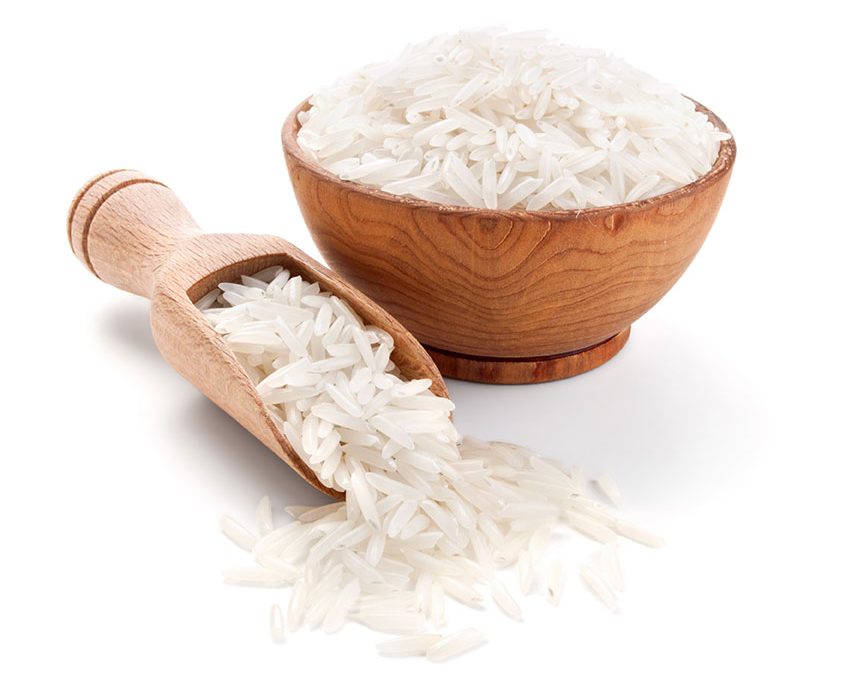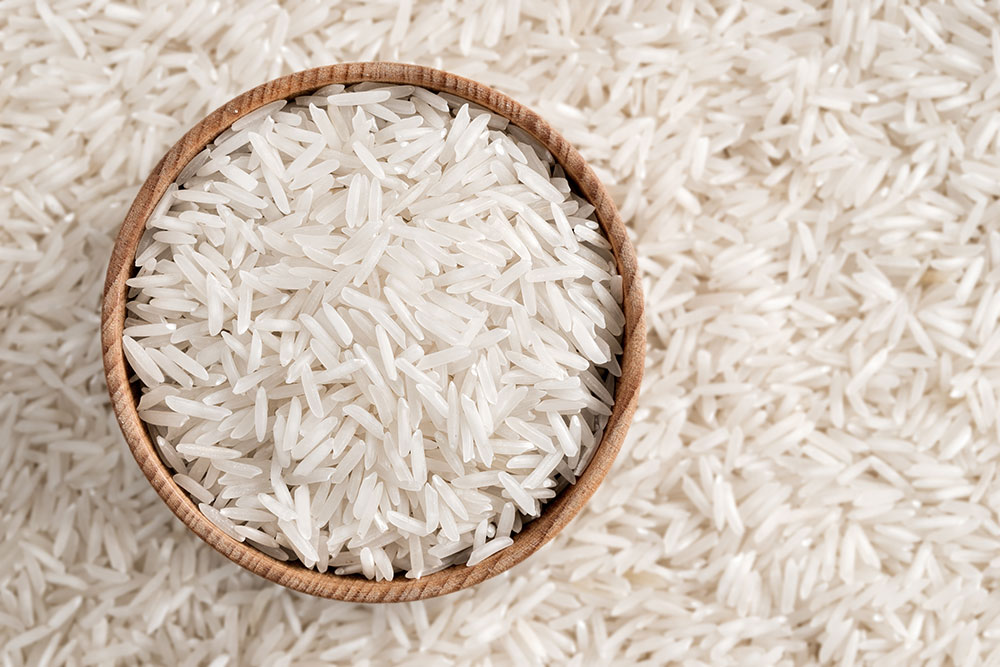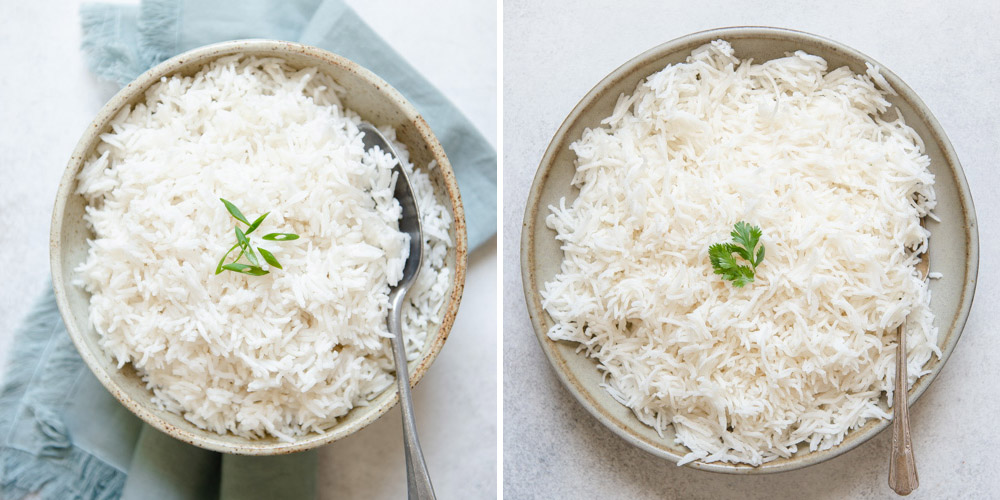
Mar 28, 2020
One cup of basmati rice contains about 200 calories and is almost completely fat free. It provides about 15 percent of the recommended daily intake of carbohydrates and 4.3 grams of protein. Brown basmati rice is higher in dietary fiber, contributing over 15 percent of the recommended daily intake.

Mar 28, 2020
Basmati rice can be left in its original packaging if it is tightly sealed and stored in a cool, dark place. It should be used within a few months. For longer storage (up to a year), store in an airtight glass or plastic container. Brown basmati rice should always be stored in an airtight container and will last for a few months in the pantry. Stash it in the freezer for longer shelf life. For best results, spread any leftover cooked rice onto a baking sheet into a single layer to cool. Add to an airtight container and use within a few days.

Mar 28, 2020
Rice is generally classified by size into three groups—long-grain, medium-grain, and short-grain. Basmati shares the long-grain group with jasmine rice and American long grain. Jasmine rice is most commonly grown and eaten in Southeast Asian countries, including Thailand, Cambodia, and Vietnam. While it is similarly fragrant to basmati rice, it is much stickier in texture. Basmati rice tends to have fluffy, clean grains, lacking the starch of jasmine rice.

Mar 27, 2020
Basmati rice (baz-mah-tee) is a type of white rice commonly grown in the Himalayas, India, and Pakistan. It is a long-grain rice that is characterized by a light nutty flavor and floral aroma, and it’s popular in rice pilaf and as a side dish for curry.




